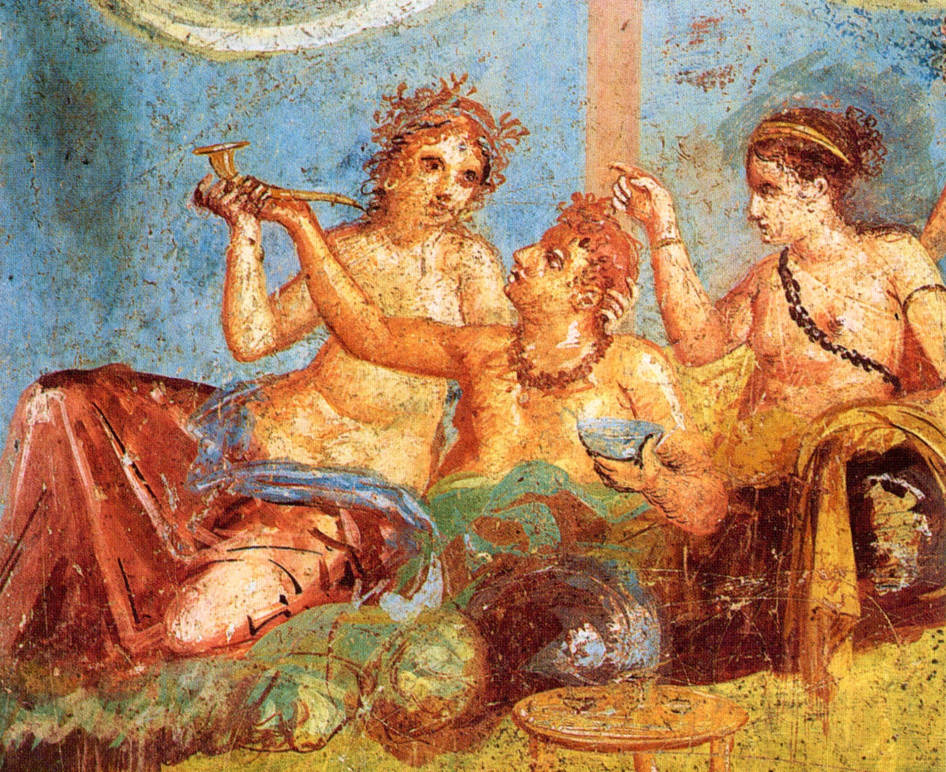Pompeii’s House of Lovers Reopens After 40 Years
Named after the Latin inscription “Lovers lead, like bees, a life as sweet as honey” found at the entrance, Pompeii’s House of Lovers can once again be visited, forty years after the Irpina earthquake rendered it unsafe, forcing authorities to shut it down.
The house or “domus” dates back to the 1st century BCE while the decorations and frescoes depicting scenes from daily life and idyllic landscapes were made after 62 BCE. It was discovered in 1933 and is believed to have been a brothel during ancient times.
Along with two other domus, the House of the Ship Europa and the House of the Orchard, it has now been restored in the context of the Great Pompeii Project, a $140 million campaign mostly funded by the European Union, with the goal of restoring the ancient city.
"It is a story of rebirth and redemption, a model for all of Europe in the management of EU funds," comments the Italian Culture Minister Dario Franceschini.
Over the course of the years, the site of Pompeii faced continuous problems including vandalism, corruption, climate change, flood damage, mismanagement, underfunding, and institutional neglect and as of 2013 only a fraction of the city’s buildings were visitable. The situation was so dire that Unesco even considered placing it on its World Heritage in Danger list. That’s why the Great Pompeii Project was launched, to bring the Ancient Roman city back to its glory.
Launched in 2012, the project has lead to numerous finds, including a fresco depicting the myth of Leda and the Swan, a thermopolium, (the ancient roman equivalent of a “fast food” counter) a preserved horse still in its harness and the skeleton of a man who was crushed by a massive rock while trying to escape the infamous eruption of Mount Vesuvius in 79 CE.
A great deal of progress has been made but there is still work to be done, most importantly in terms of rendering the site more accessible to visitors and beneficial to the surrounding area. As Minister Franceschini put it, “this is a huge opportunity for growth in the area and we need to invest.”


































i-Italy
Facebook
Google+
This work may not be reproduced, in whole or in part, without prior written permission.
Questo lavoro non può essere riprodotto, in tutto o in parte, senza permesso scritto.